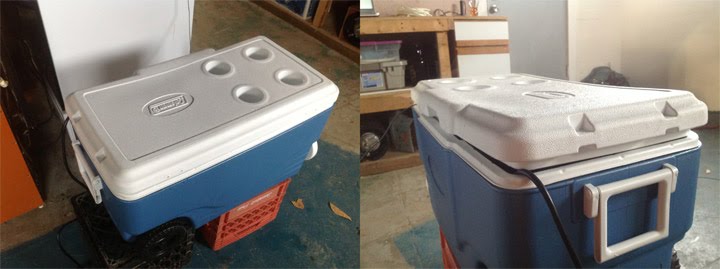So I am using this now in a converted keg heating up 7 gallons of water. Temp at the bottom of the keg where the probe was resting was 19C but the keg felt hot so i tested the water at the top.. it was 47C!!!!! That is a HUGE difference.. anyone having similar results? I'm thinking if I insulate and use with my STC1000 temp controller there will be much less of a temperature gradient.
Thoughts?
Regardless of how well you insulate, unless you are constantly recirculating, you are going to get a temperature gradient from the bottom to the top because heat rises. But it's not a big deal. Just use your mash paddle/spoon/whatever to stir the water up when you are ready to dough in, and it should be pretty close to your intended strike temp.








![Craft A Brew - Safale S-04 Dry Yeast - Fermentis - English Ale Dry Yeast - For English and American Ales and Hard Apple Ciders - Ingredients for Home Brewing - Beer Making Supplies - [1 Pack]](https://m.media-amazon.com/images/I/41fVGNh6JfL._SL500_.jpg)





















































